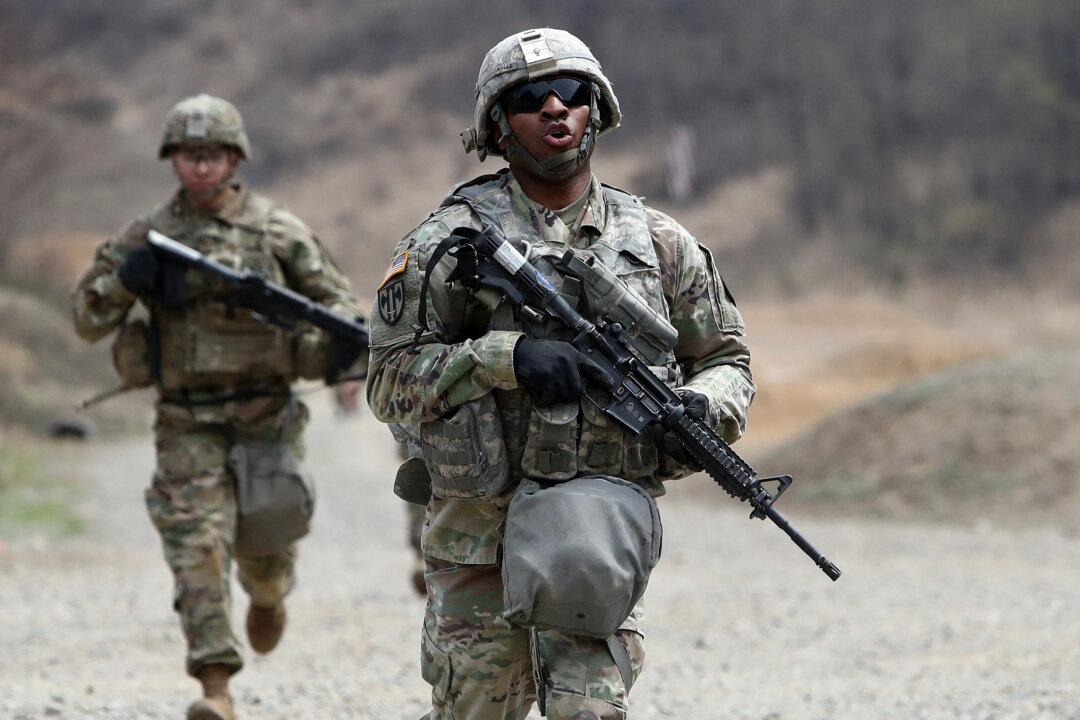President Donald Trump said he’s pushing South Korea to pay more toward the 30,000-strong U.S. military forces in the country, and confirmed he has rejected one offer of increased payments.
Addressing a question during the daily press briefing on April 20, Trump said a reduction in troop numbers wasn’t on the negotiating table.





